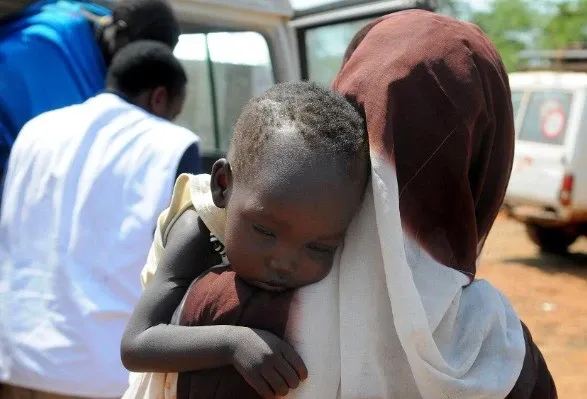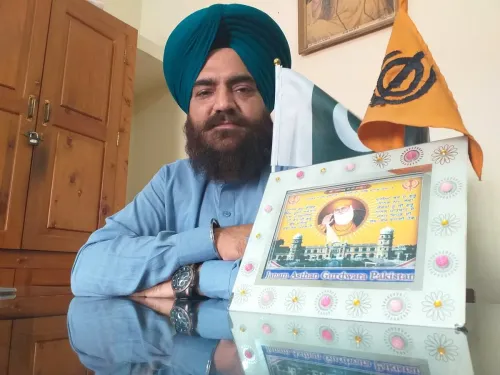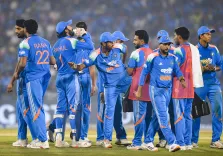Has Kenya Successfully Eliminated Sleeping Sickness?

Synopsis
Key Takeaways
- Kenya is now free from sleeping sickness, marking a significant public health achievement.
- This makes it the 10th country to reach this milestone.
- The elimination reflects successful mitigation efforts and surveillance strategies.
- Kenya's experience serves as a model for other nations.
- This success contributes to the broader goal of eradicating neglected tropical diseases in Africa.
Nairobi, Aug 9 (NationPress) The World Health Organisation (WHO) has officially recognized Kenya for eliminating human African trypanosomiasis, commonly referred to as sleeping sickness, categorizing it as no longer a public health concern. This achievement marks Kenya as the 10th country to reach such a significant milestone.
WHO Director-General Tedros Adhanom Ghebreyesus praised the Kenyan government and its citizens for this remarkable accomplishment in a statement made in Nairobi, the nation's capital.
“Kenya now joins an expanding list of nations liberating their citizens from human African trypanosomiasis. This represents a progressive step towards a continent free of neglected tropical diseases,” Tedros remarked.
This marks the second neglected tropical disease eradicated in Kenya, following its certification as free from Guinea worm disease back in 2018.
The disease is caused by protozoan parasites spread through bites from infected tsetse flies, as per WHO's information. Symptoms typically include fever, headaches, joint discomfort, and, in more severe stages, neurological issues such as confusion, disturbed sleep patterns, and behavioral changes.
Aden Duale, the Kenyan cabinet secretary for health, stated that the WHO's validation of sleeping sickness elimination signifies a historic advancement in public health security, paving the way for economic growth in the country.
Kenya recorded its first case of sleeping sickness in the early 1900s and has since undertaken extensive mitigation efforts. The last two exported cases were reported in 2012 within the renowned Maasai Mara National Reserve, according to Xinhua news agency.
In recent times, the nation has improved surveillance of sleeping sickness across 12 health facilities in six historically endemic counties, which act as sentinel sites. This initiative is enhanced by modern diagnostic technologies and training of staff to prevent new cases.
Abdourahmane Diallo, the WHO representative in Kenya, highlighted that proactive leadership and collaborative partnerships were critical in hastening the journey towards eliminating sleeping sickness in the East African nation.
Human African trypanosomiasis, or sleeping sickness, is a vector-borne parasitic disease caused by protozoans from the genus Trypanosoma, transmitted to humans through the bites of tsetse flies (Glossina) that have contracted the parasites from infected hosts.
Tsetse flies are primarily found in sub-Saharan Africa, with only specific species responsible for disease transmission. Rural communities reliant on agriculture, fishing, livestock, or hunting are most vulnerable. While tsetse flies can be found in numerous regions, HAT is not uniformly distributed, displaying a focal distribution that varies from single villages to broader areas.










